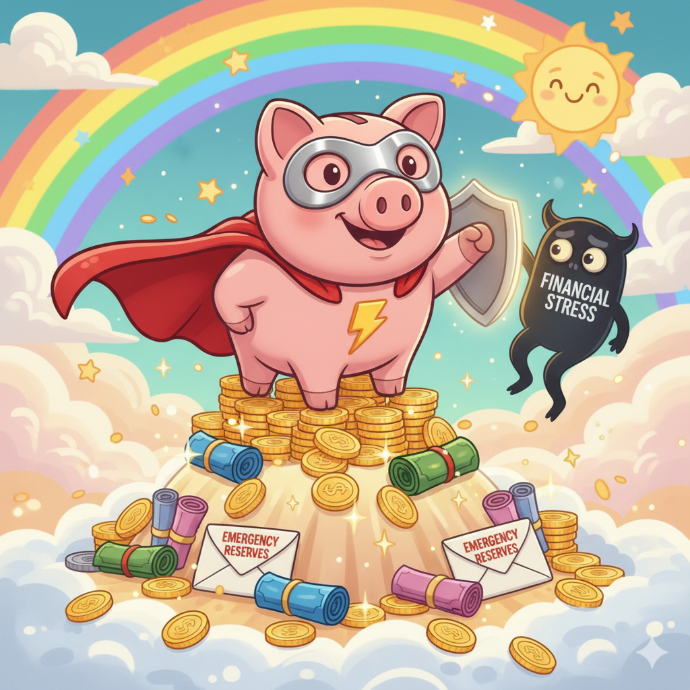Definition
Investing vs. Saving
Investing is the engine of long-term wealth, where money is put into assets with growth potential. Stocks, bonds, ETFs, and mutual funds allow your capital to increase value over time. Unlike saving, investing accepts moderate to high risk in exchange for higher potential returns.








